Web designers wield immense power to shape a user’s choices. From the colours we select to the placement of buttons, subtle design decisions can have a profound impact on how people interact with a website. While this power can be harnessed for good, it’s equally important to be aware of persuasive design techniques that can blur the lines of ethical practice. Let’s dive into some common tactics and the ethical considerations web designers must always keep in mind.
Choice Architecture: Nudging Without Manipulation
The concept of choice architecture, popularized by Nobel laureate Richard Thaler, recognizes that the way choices are presented significantly influences user decisions. For instance, placing a “Healthy Choice” label next to a salad on a cafeteria menu subtly nudges diners towards a more healthful option. This nudge is perfectly ethical as long as the information is accurate and doesn’t manipulate users into making choices that aren’t in their best interests.
Web designers can leverage choice architecture by strategically highlighting features, streamlining user flows, and arranging elements to guide users towards desired actions – all without resorting to deceptive tactics.
Persuasive Design Techniques to Use in Designing
- Urgency & Scarcity: “Limited-Time Offer” or “Only 2 Left in Stock” messages create a sense of FOMO (fear of missing out). These are valid tools when used truthfully but become unethical if they create false scarcity to pressure quick decisions.
- Social Proof: Testimonials, reviews, and case studies build trust. However, using fake testimonials or deceptive metrics crosses the line, as we discussed in our post on unethical web design practices.
- Comparison Tables: Highlighting the features of multiple products or service plans side-by-side can aid users’ decision-making. However, bias must be avoided; if you’re promoting one option, be upfront about that, instead of manipulating the comparison to make it seem superior unfairly.
- Pre-filled Forms & Pre-Selected Options: Streamlining processes by partially filling forms or pre-selecting options can boost conversions. But, it must be clear to the user that this is happening, with the ability to easily make changes. This technique becomes problematic when prepended to choices with hidden costs or unwanted add-ons.
- Progress Bars & Gamification: Visualising progress through a purchase process or gamifying interactions (e.g., loyalty points) can motivate users to complete desired actions. However, ensure the progress bar accurately reflects the completion stage, and avoid making gamification feel like a chore.
Tips for Balancing Persuasion with User-Centricity
The goal of persuasive design techniques isn’t to trick users, but to guide them towards choices that genuinely benefit them. Here are three tips that will help you do just that
- Transparency is essential: A user should always understand why something is being presented to them, whether it’s a limited-time promotion or product recommendation. However, ethical design goes beyond mere disclosure.
- Respect User Autonomy: Don’t pressure users into choices they don’t want to make. Present options clearly, but avoid manipulative tactics like “dark patterns” that make it difficult to opt-out or unsubscribe.
- Prioritize User Value: Ultimately, ethical persuasion focuses on user benefit. Use data analytics (as discussed in our post on data-driven design) to understand user needs and tailor persuasive design elements to address those needs effectively. This builds trust and long-term relationships with your audience.
Ethical Design is a Win-Win
Brands are increasingly adept at spotting manipulative design tactics. Transparency and ethical user experience are no longer just good practices, they’re essential for building trust and fostering long-term brand loyalty. By prioritising ethical persuasion, you create a win-win situation: a user experience that feels informative and helpful, and a website that drives conversions and cultivates lasting customer relationships.
Ready to create a website that ethically persuades users to take action? Contact Edens Digital today! From user experience audits to persuasive design strategy development, we’ll help you craft a website that converts while upholding the highest ethical standards.





